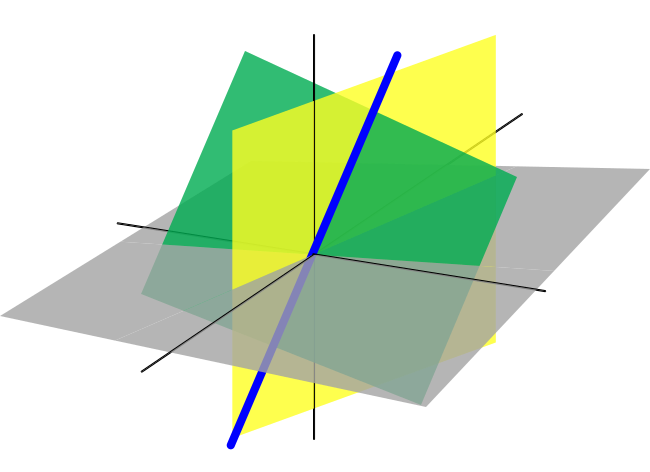4.0: Introducción
( \newcommand{\kernel}{\mathrm{null}\,}\)
¿Con qué puedes resolverAx=b?

Imagen de http://Wikipedia.org/.
Las matemáticas vectoriales se utilizan en la física todo el tiempo. Considera la imagen al inicio de este cuaderno. Si bien el transbordador espacial está unido al Avión tienen el mismo vector de velocidad. Este vector probablemente tiene tres componentes; la velocidad en la dirección x, la dirección y y la dirección z. De hecho, esta velocidad es solo una combinación de múltiples componentes como el empuje de los motores, la velocidad del viento y la resistencia al arrastre.
En este cuaderno estaremos discutiendo matemáticas vectoriales básicas y practicando nuestra Python. Estaremos usando los comandos de este cuaderno todo el semestre así que asegúrate de tener algo de dominio antes de seguir adelante.
Orden del día de la clase de hoy (80 minutos)
- (20 minutos) Ejemplo de sistema lineal
- (20 minutos) Revisar la asignación previa a clase
- (20 minutos) Vectores en Python


